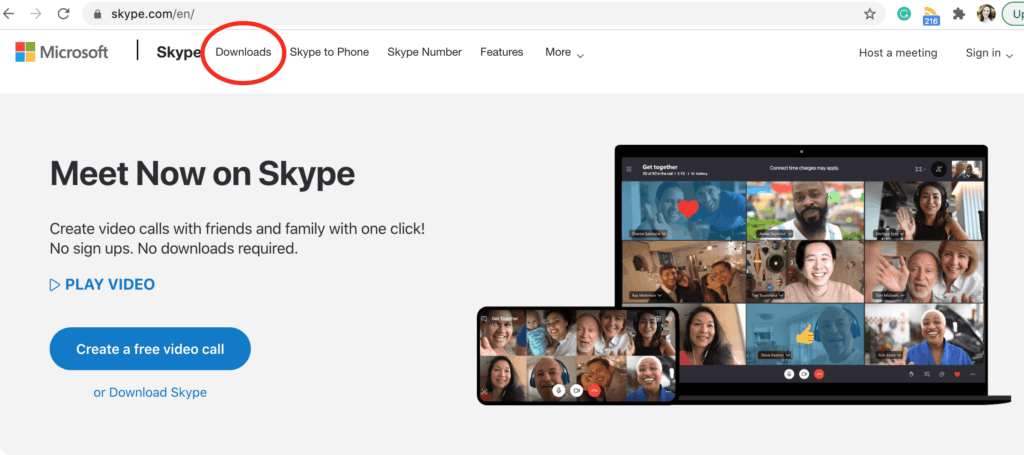
A standard User which can be enabled using either the Control Panel or the Management Shell, or a newer Meeting Room which was first introduced in Lync Server 2013 with the advent of the original Lync Room System product. Just like in Exchange there are also two different types of Skype for Business accounts. The final piece in the puzzle now is to SIP-enable the same account to provide all the desired capabilities of adding Lync or Skype for Business to the workflow. That account is then mailbox-enabled within Exchange primarily to provide it an email address and calendar to accept and store meeting invitations.


#Sign in to skype online password#
A key distinction though is that while resource mailboxes still use the same type of standard user account in AD by default the account cannot actually be used for authentication as no password is defined and the account is disabled. Mailboxes of either type will allow devices the same level of access to their calendar of scheduled meetings. Exchange treats a User Mailbox differently from a Resource Mailbox in terms of how mail is stored in those mailboxes and even what portions of the messages are retained or stripped.
#Sign in to skype online windows#
Whether this is a traditional on-premises deployment in Windows Server Active Directory, Azure Active Directory in Office 365, or a Hybrid of both leveraging some directory synchronization services then a standard user account object is always the core component.

They both utilize a standard Active Directory (AD) User Account object, meaning any and all of the attributes available to these object types are available to both.

The only major difference is how the accounts are initially provisioned as the administrative process differs slightly between on-premises and online environments. While the detailed instructions shown later in the article focus on configuring meeting room accounts for Skype for Business Online be aware that most of the concepts explained throughout are also applicable to on-premises Lync and Skype for Business deployments. This article will go into detail on what those differences are as a way to help the reader understand which approach may be ideal, if not a mixture of both in the same environment. Most of the phones and conferencing devices can work with either available types and generally do not have a single recommended approach due to potential behavioral differences. One of the most common questions asked when working among the array of available Skype for Business (SfB) audio and video endpoints is regarding what type of Lync or Skype for Business account can or should be used? The short answer here is that there typically is not only one right answer.


 0 kommentar(er)
0 kommentar(er)
